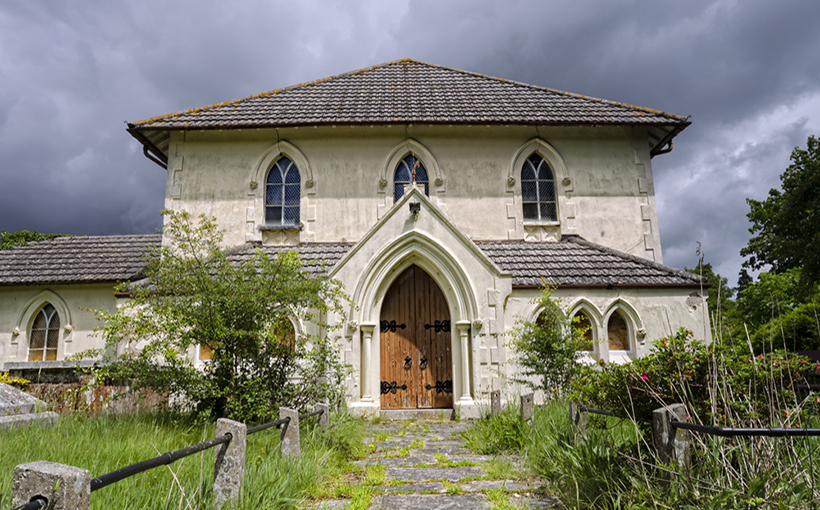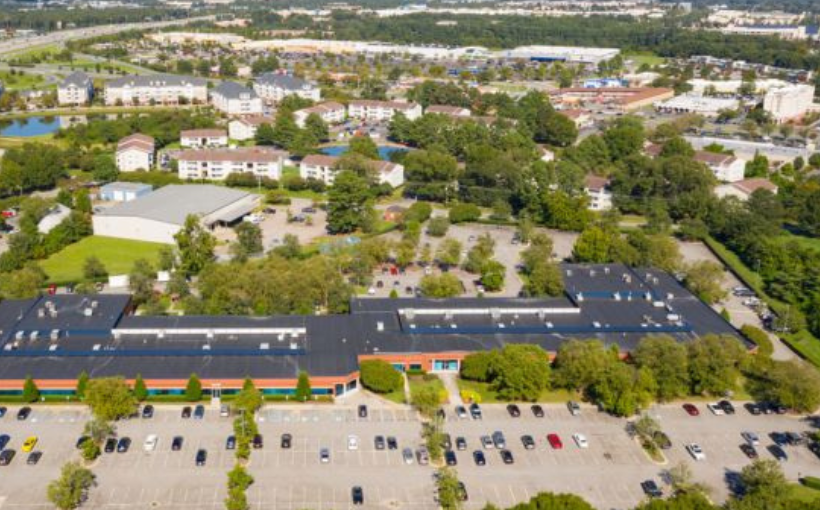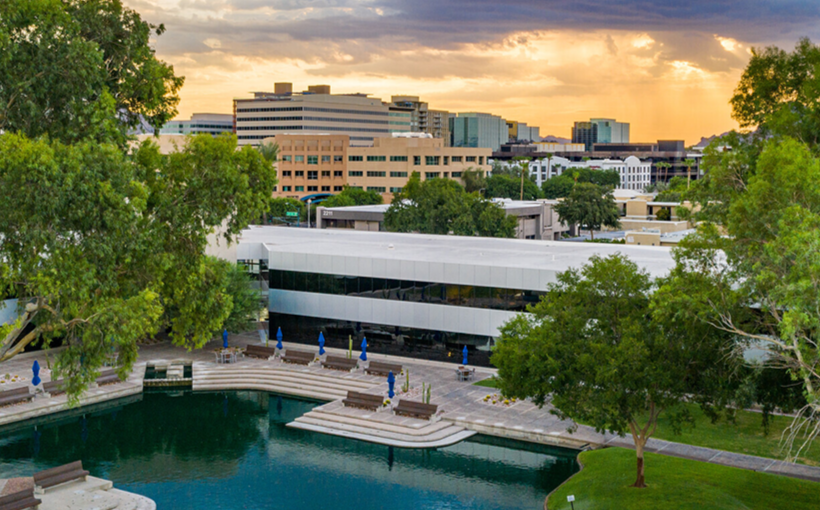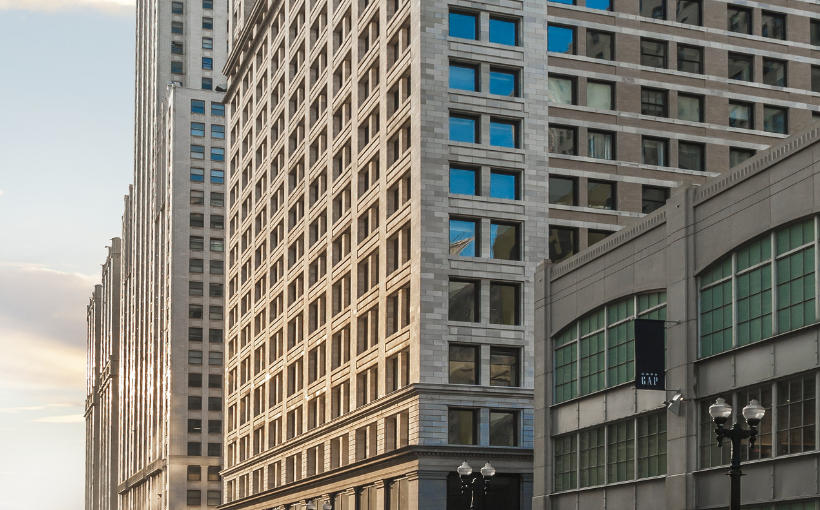In the past, churches were a vital part of American communities, both big and small. However, according to Christianity Today, there is a growing trend of church closures with an estimated 100,000 congregations predicted to shut down by 2025.
In his article for Urban Land Magazine , Rick Reinhard from Niagara Consulting Group discusses the challenges faced by religious institutions in utilizing their excess space while also cutting costs and furthering their missions. One potential solution that has been gaining attention is converting underutilized church properties into affordable housing.
While this may seem like an ideal solution for all parties involved, there are several barriers that must be overcome. These include resistance from faith leaders who may see such conversions as conflicting with their beliefs; objections from elderly congregations who have strong emotional ties to these sacred spaces; outdated zoning ordinances and building codes that favor active houses of worship over struggling real estate; and concerns from neighbors about safety issues and increased noise/traffic in mixed-use developments.
Despite these challenges, some successful conversions have taken place but more needs to be done on a larger scale. This includes understanding the scope of the problem at hand and dedicating resources towards finding solutions; encouraging faith institutions to view themselves as both religious organizations AND real estate businesses; exploring new worship models that make better use of large properties throughout the week instead of just once or twice on weekends; updating regulations at all levels (local/state/federal) which currently hinder quick conversion processes due to assumptions about traditional single-use houses of worship being healthy entities rather than struggling ones in need transformation.
Reinhard also suggests providing government incentives for faith-related redevelopment projects since they often require multiple funding sources similar to traditional affordable housing initiatives. By addressing NIMBYism (Not In My Backyard) through creative reuse strategies like converting houses or worship into much-needed housing options can help alleviate some pressure within tight residential markets across America.




